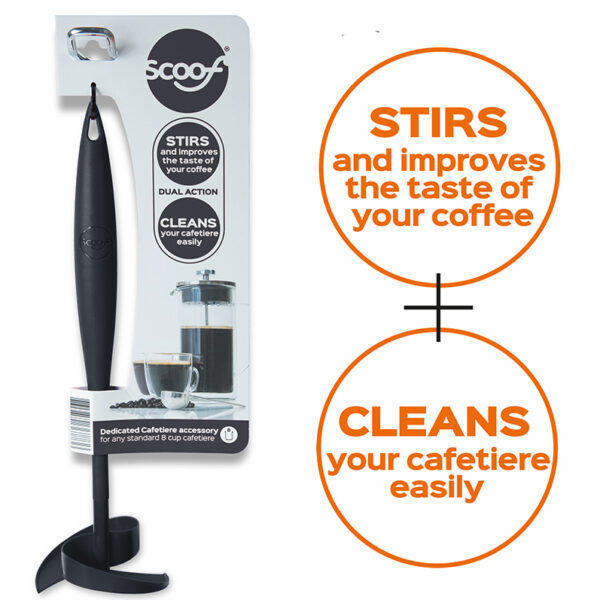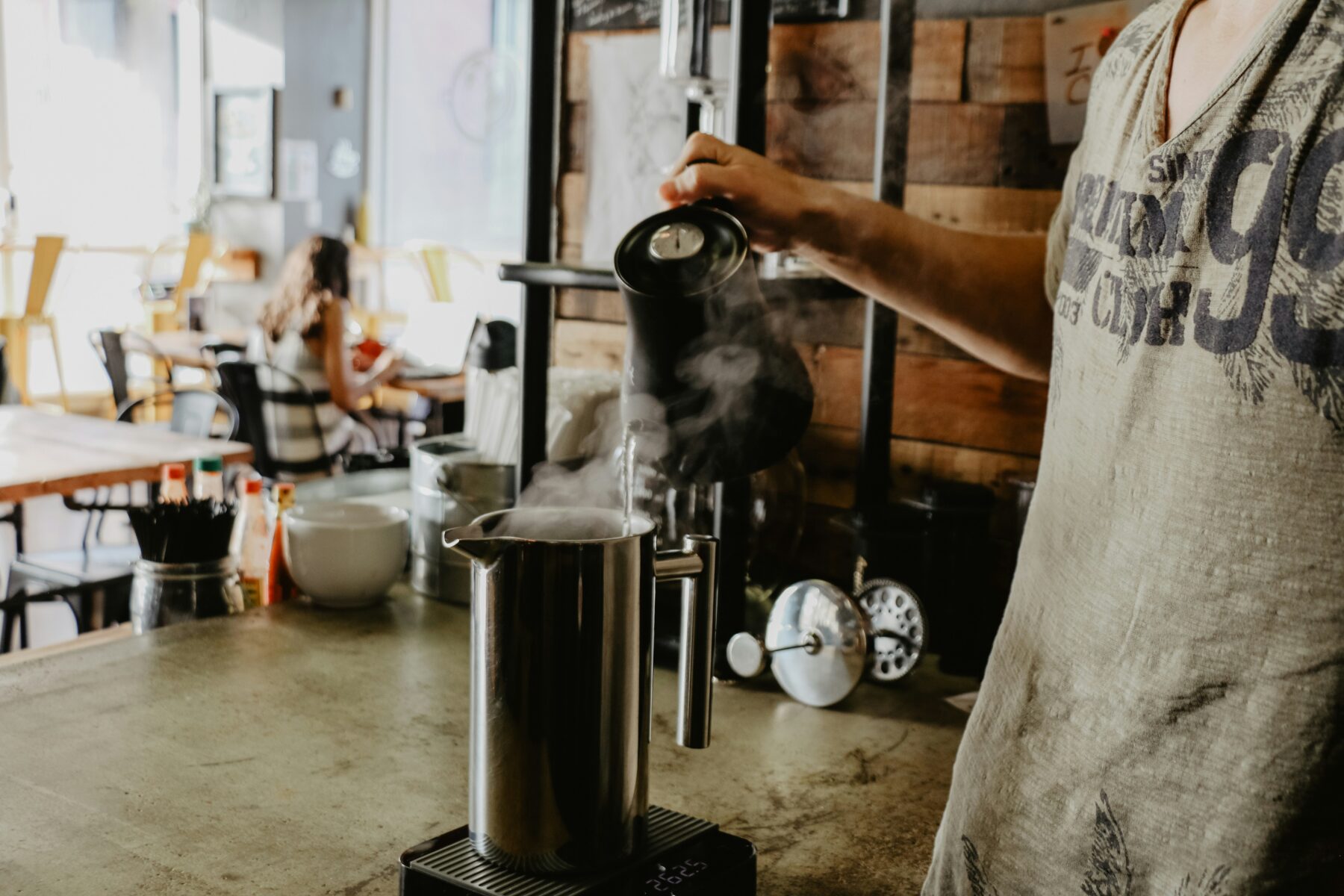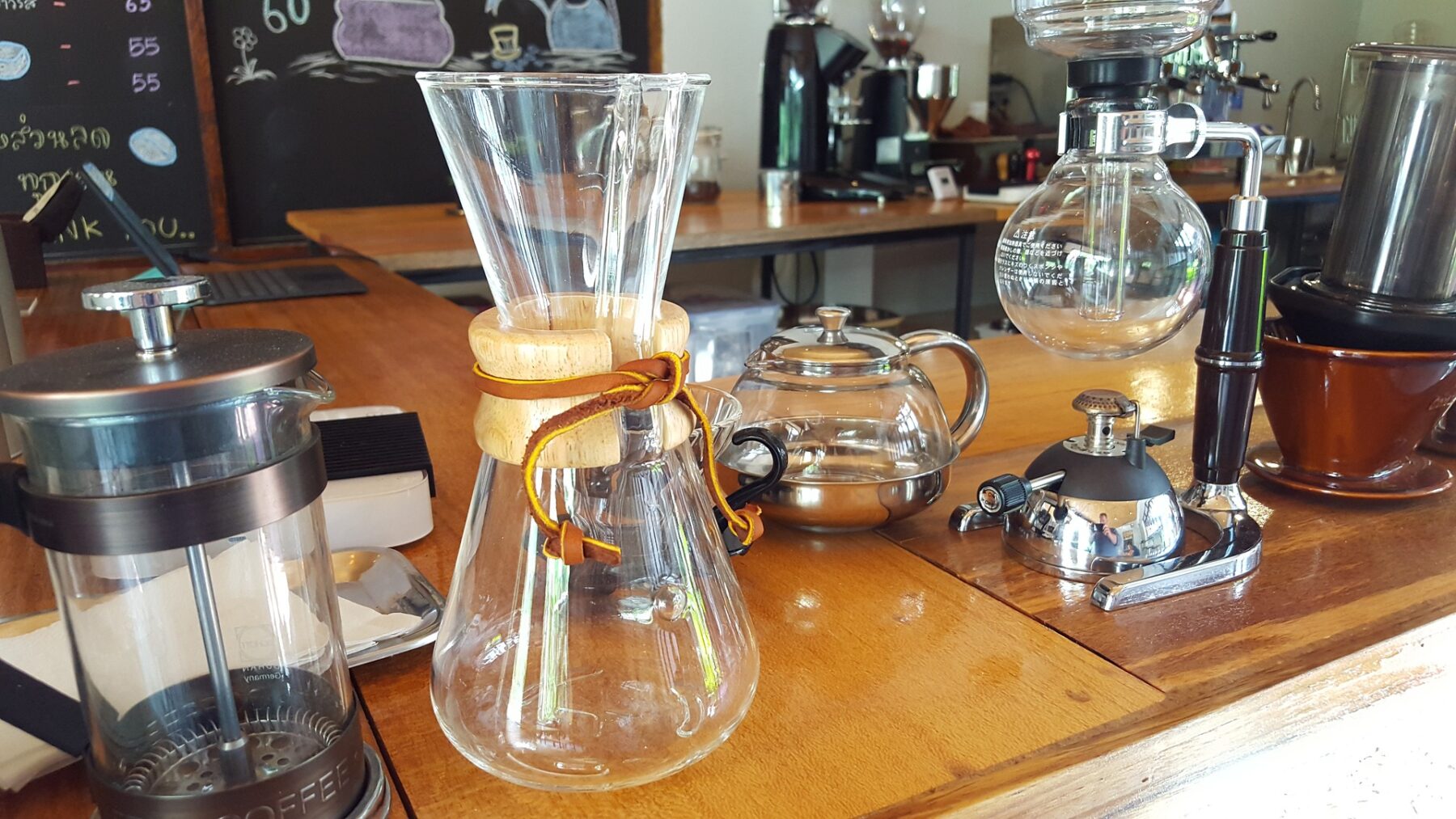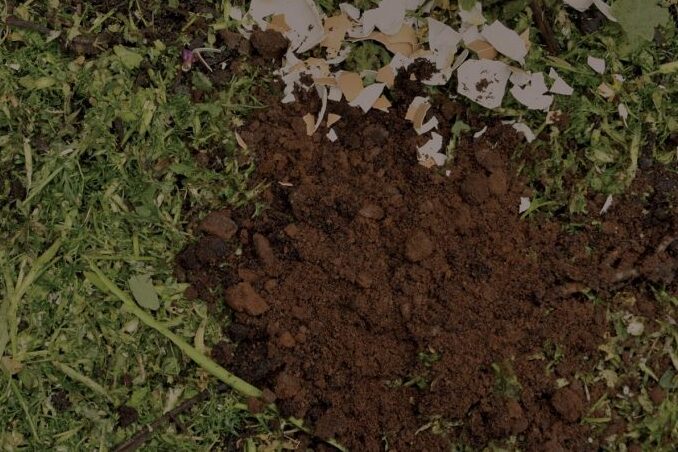Cafetière is a French noun for a coffeemaker or coffee pot (from the word for coffee, café). If by chance you were looking for a cafetiere and asked a French homewares seller if they stocked cafetieres, you would be offered a range of different coffee makers and not just a cafetiere with a plunger. In fact, cafetieres are rather hard to find in France as they often prefer other coffeemakers.
Cafetieres are most popular in Northern Europe, North America and Australasia – it seems to be more an ‘anglo-saxon’ thing. The name for this type of coffeemaker varies around the world; in the UK and Ireland, cafetiere; North America, French press; Coffee Press or Plunger in Australia and Kaffeebereiter or französische Presse in Germany. In fact, the cafetiere is a design icon that has spread across the world and is named differently in many countries.
‘Cafetiere’ by name appears to point to a French origin but the history of the gadget is a little more murky…
There is a story, perhaps apocryphal, that an old Frenchman would go on walks to escape his nagging wife.
The first Cafetière à Piston to give its full French name may have originated in France from the 1850s. There is a story, perhaps apocryphal, that an old Frenchman would go on walks to escape his nagging wife. He would take a tin coffee pot with him and boil up a brew over a fire. He found that floating coffee grounds made the coffee difficult to drink and improvised a plunger with some wire gauze to catch the unpalatable coffee grounds. The rest is history, so they say… except it wasn’t.
It seems that the official history of the cafetiere starts with Messers Henri-Otto Mayer and Jacques-Victor Delforge, who filed the first patent for a device that looked like a cafetiere early on in 1852.
The first commercially successful device (one that was actually produced) was made by another Frenchman, Louis Forest. The Cafeolette was launched in 1913 sold in the Paris department stores, Bon Marché and Printemps.
The Cafeolette was a small pot with a piston, which included a basic metal filter with small holes in it. Unlike today’s cafetieres, it used hot milk poured over ground coffee. Similar to cafetiere coffee, you then left it to brew for a couple minutes ‘plunging’ and then drank the ‘cafe au lait’ immediately.
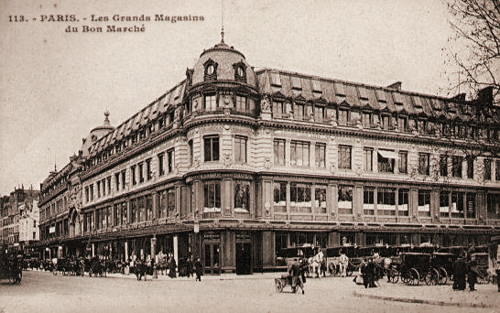
It was was much later that Attilio Calimani and Giulio Monet filed two patents in 1928 and 1933 for a design that is clearly the forbear of todays cafetiere. The second of these patents (shown below), goes into detail around the ‘filter’ to stop the coffee escaping. In many ways this was the big innovation the was the beginning of what we know as the modern cafetiere.
In 1958 a Swiss Italian designer called Faliero Bondanini patented a version with a number of design modifications and manufactured cafetière in France branded Melior… this is the one that Michael Caine uses one in the film the Ipcress File in 1965.
As well as Melior a British company called Household Articles Ltd also began to import cafetieres under the brand name ‘La Cafetiere’ and at around the same time a Danish kitchenware company saw the potential of the cafetiere introducing their own version: the Bodum Chambord.
Instant coffee remained the ‘go to’ method of coffee preparation in the 1970s and 1980s although there was an increase in the want for the taste of ‘real coffee’, mainly through filter coffee using coffee percolators. From these beginnings cafetieres have grown in popularity and found their way into most households in the UK (as well as being popular in the US and around the world).

The story today…
Today Cafetieres are seen as a simple and easy way to prepare fresh coffee and are now commonplace. The simple glass cafetiere has been added to by stainless steel ‘pots’ and fine double filters resulting in coffee without any sediment. We see double walled glass cafetieres to keep the coffee hotter for longer.
No one likes a pot full of coffee grounds and the bottom full of ‘sludge’ (useful sludge, but sludge nevertheless). This is where Scoof comes in!
One innovation that everyone wants is a way to clean the cafetiere simply and without mess. No one likes a pot full of coffee grounds and the bottom full of ‘sludge’ (useful sludge, but sludge never-the-less). This is where Scoof comes in!
Scoof not only stirs and improves the taste of your coffee, but also cleans your cafetiere easily. Scoof is designed to lift out 95% of the waste wthout mess. Just twist the handle, lift out the grounds and repeat a couple of times. The collected coffee is good to go to the food waste bin, kept for fertiliser or a host of other uses.
And you can shop for a cafetiere, a Scoof or a combination of both, here
